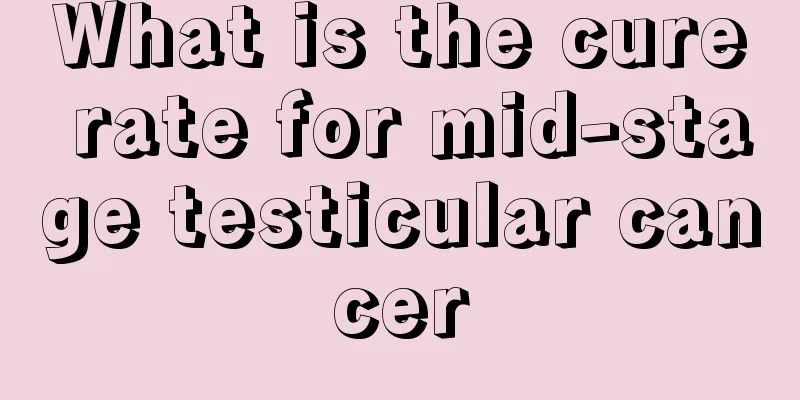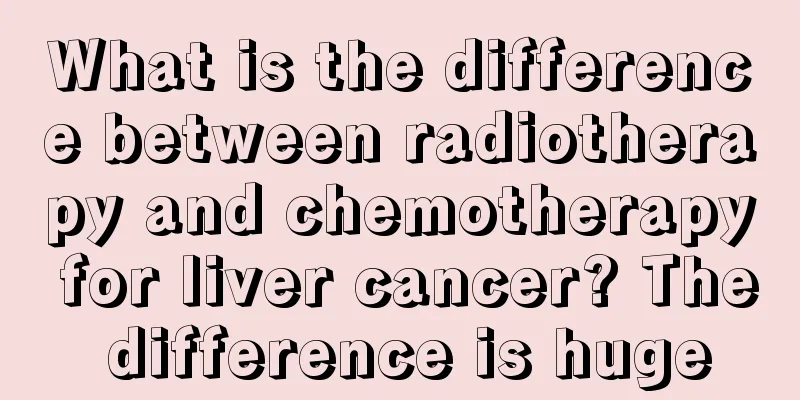What is the cure rate for mid-stage testicular cancer

|
The cure rate of mid-stage testicular cancer is very important for many patients. Many testicular cancer patients are under great psychological pressure, and even some early-stage testicular cancer patients fail to seize the best period of treatment, which eventually leads to the development of the disease to the late stage and the loss of the best treatment opportunity. In fact, the cure rate of mid-stage testicular cancer is still relatively high. Due to the improvement of diagnostic technology, the decrease of staging error, and the great success of DDP-based combination chemotherapy, the survival rate of patients with testicular germ cell tumors, especially testicular germ cell cancer, has been greatly improved. The 5-year survival rate has increased from 60% to 70% in the 1960s to more than 90% at present. At the same time, treatment strategies have also undergone major changes. With the modern improved nerve-protecting unilateral retroperitoneal lymph node dissection, 80% of patients still retain their reproductive function and fertility, so many treatment centers still advocate the continued use of orchiectomy plus retroperitoneal lymph node dissection to treat clinical testicular cancer. Another alternative treatment for clinical testicular cancer is radiotherapy or chemotherapy, which has the same efficacy as lymph node dissection, but can better protect the patient's sexual function and fertility. As DDP combined with chemotherapy becomes more mature, the survival rate of patients with disseminated testicular germ cell cancer continues to improve. The 3-year cancer-free overall survival rate has exceeded 80%, and the cancer-free survival rate of patients with mild and moderate dissemination can reach 90% to 99%, but the survival rate of widely disseminated cases is still less than 50%. Patients with mild and moderate dissemination of testicular cancer have a good prognosis. The current research focus is on how to reduce the toxicity of chemotherapy. The commonly used methods are to change 4 courses of chemotherapy to 3 courses or replace VLB with VP16, retain or cancel BLM, that is, replace the standard VPB regimen with PVP16 or PVP16B, or replace DDP with carbon platinum (JM-8). The research direction of rescue chemotherapy for widely disseminated testicular cancer is mainly to find new combination drugs for DDP (such as ifosfamide), new chemotherapy regimens and high-dose DDP combined chemotherapy. The toxicity-reducing and efficacy-enhancing effects of biological immunotherapy overcome the shortcomings of the three traditional treatment methods of surgery, radiotherapy, and chemotherapy, such as "incompleteness, easy metastasis, and large side effects". While accurately killing cancer cells, it can also repair and improve the patient's immune system, prevent spread and metastasis in all directions, and nearly double the 5-year survival rate. |
<<: What is the cure rate for mid- to late-stage testicular cancer?
>>: What are the sequelae of interventional surgery for testicular cancer
Recommend
Will hand, foot and mouth disease cause recurring fever?
Children's resistance is usually weak, and th...
How long after a meal can I eat durian
Everyone should be familiar with the fruit durian...
Nursing diagnosis and measures for anemia
The main substances that make up human blood are ...
Should you use a curling iron on wet or dry hair?
Curling irons are a very common tool in life. Gir...
The muscles in my right arm keep twitching
When our arms exert force, the muscle groups will...
How to keep your beard clean?
Generally speaking, all men will grow beards. Som...
Acne scars and pimples
Body skin is a part that people pay great attenti...
Diarrhea after eating spicy food
Human taste buds are a very magical existence, be...
What foods can't be eaten by lymphoma patients
Lymphoma is a highly malignant tumor, so once the...
Do you really understand hamartoma
The incidence of hamartoma has increased sharply ...
What should I do if my nose is covered with pustules and leaves raised acne marks?
The nose is the part of the body that is most sus...
The stomach takes a good time to digest food
After we eat, the stomach needs to digest the foo...
What flowers are best to grow in your living room?
Growing flowers at home can purify the air. Some ...
Does grinding your teeth while sleeping mean you have worms in your stomach?
In the outpatient clinic, I am often asked about ...
How much alcohol is appropriate?
Maybe many of us will drink a lot in order to cop...









